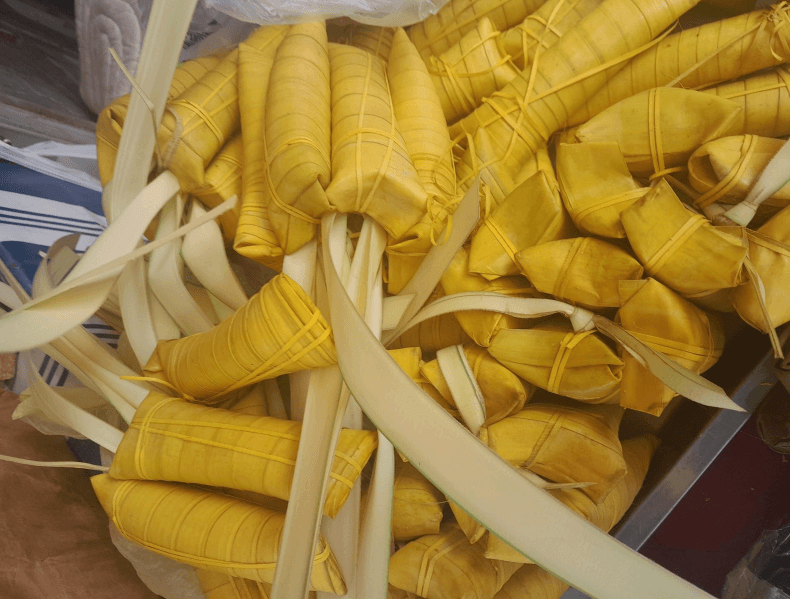EcoCupid Explorers
Unwrapping Sustainability: The Circular Economy with Natural Food Packaging
16 November 2024
by Noelle Anne Santos Cubacub
The traditional suman packaging of Antipolo City, Philippines, showcases how natural material packaging embody circular economy principles. From the palm leaves used to wrap the rice cakes to the community of makers and vendors who rely on this craft for their livelihood, these age-old practices offer valuable lessons for modern packaging innovations.




